Mini presents electric concept Vision Urbanaut
Mini has presented an electrical design study at the digital event NEXTGen. The study should embody a “completely new form of a spatial vision”.
++ This article has been updated. Kindly continue reading below. ++
Mini says that the consistent “purpose-built” design for the electric drive and automated driving functions was decisive for the vehicle to create additional design freedom in the exterior and interior. This is a sentence that has rarely been heard from the BMW Group. Until now, the Munich-based company has strongly promoted the multi-energy approach with mixed platforms whereby purely electric cars have had to make a few compromises, for example in the design of the combustion engine compartment or the gimbal tunnel.
“In 1959, the very first Mini ushered in a small-scale revolution in vehicle construction with its transversely mounted engine,” says Mini design head Oliver Heilmer. “With the MINI Vision Urbanaut we have been able to rethink and increase the usable surface area inside the car even further in relation to its footprint.”
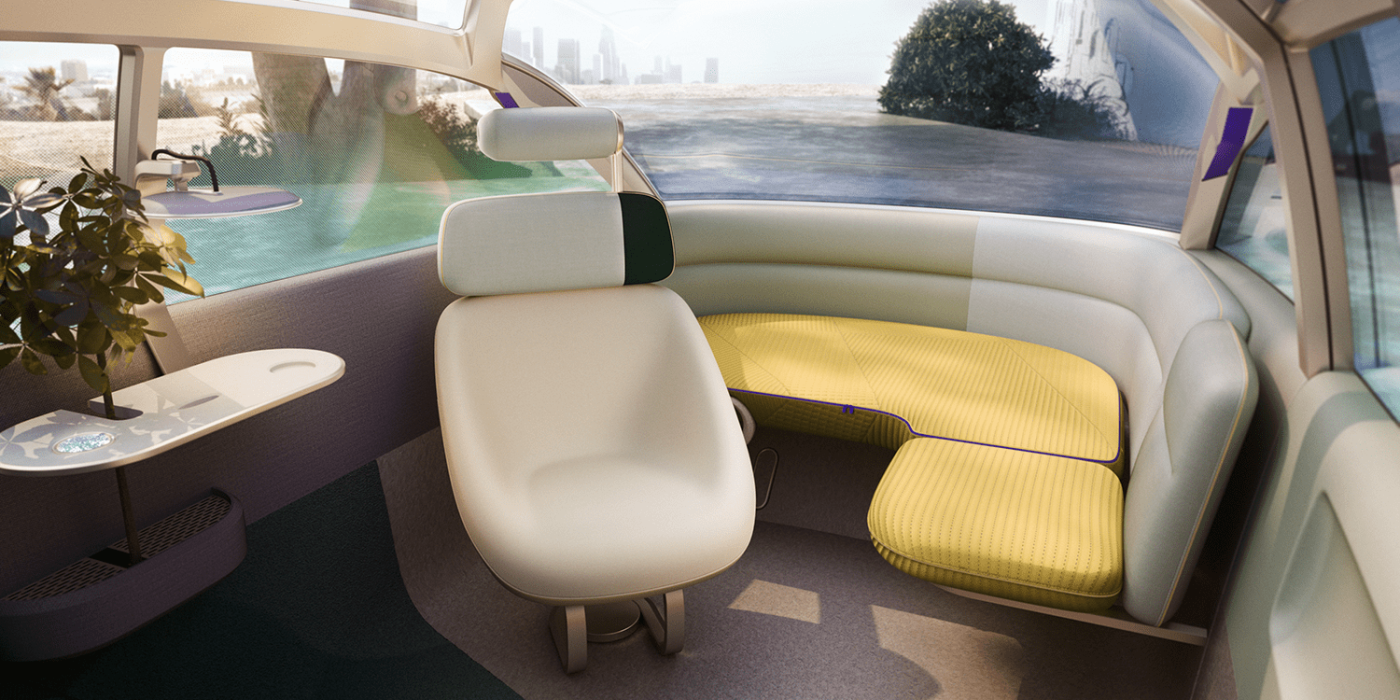
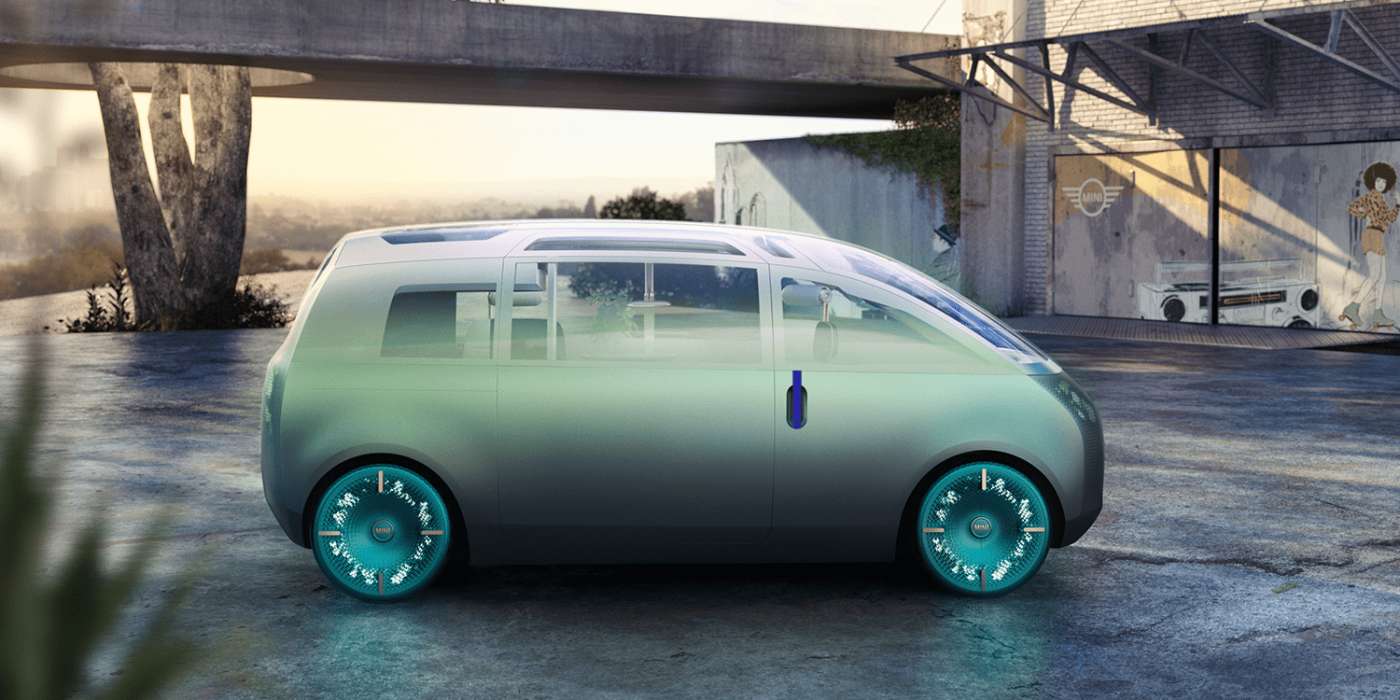
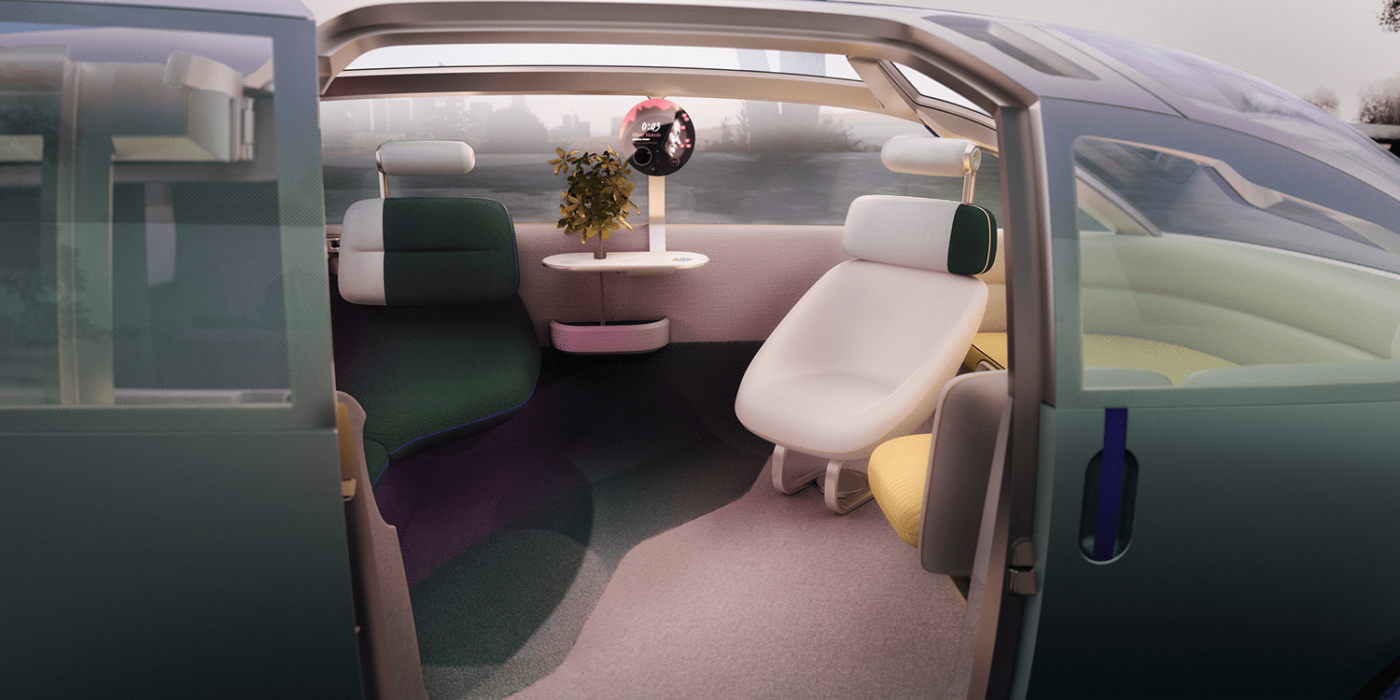
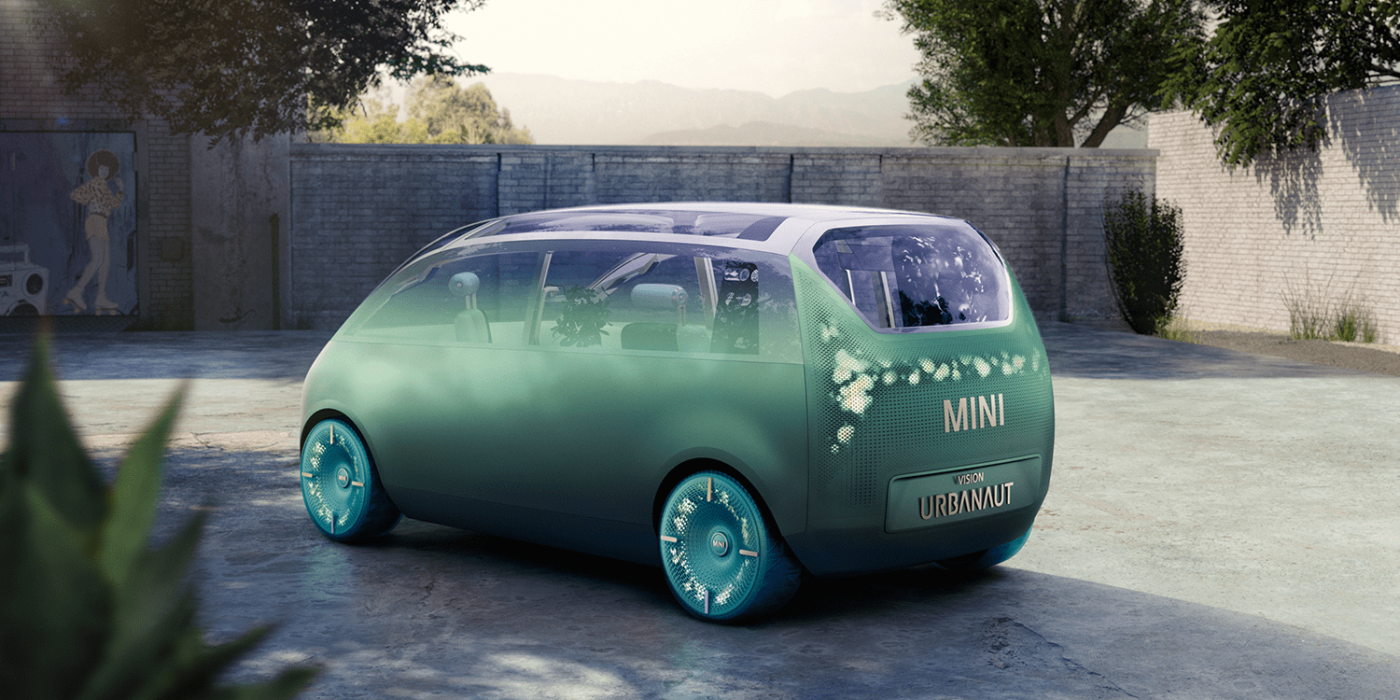
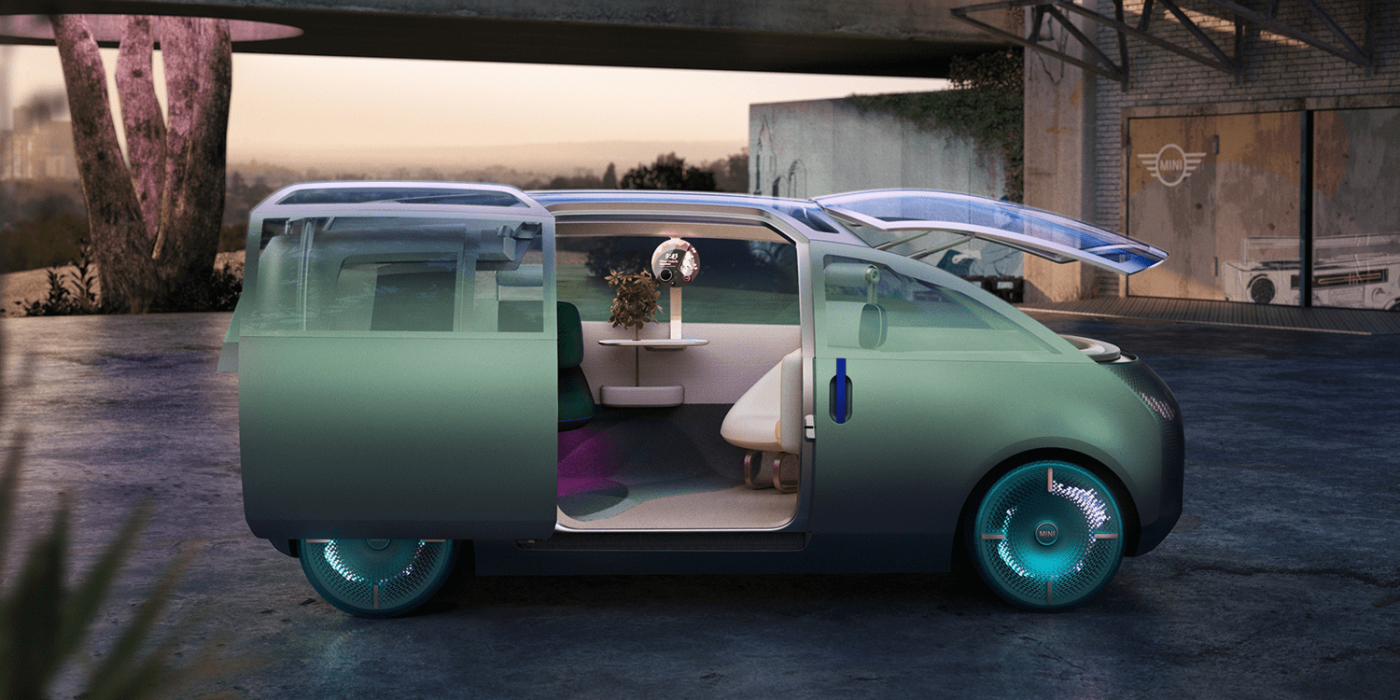
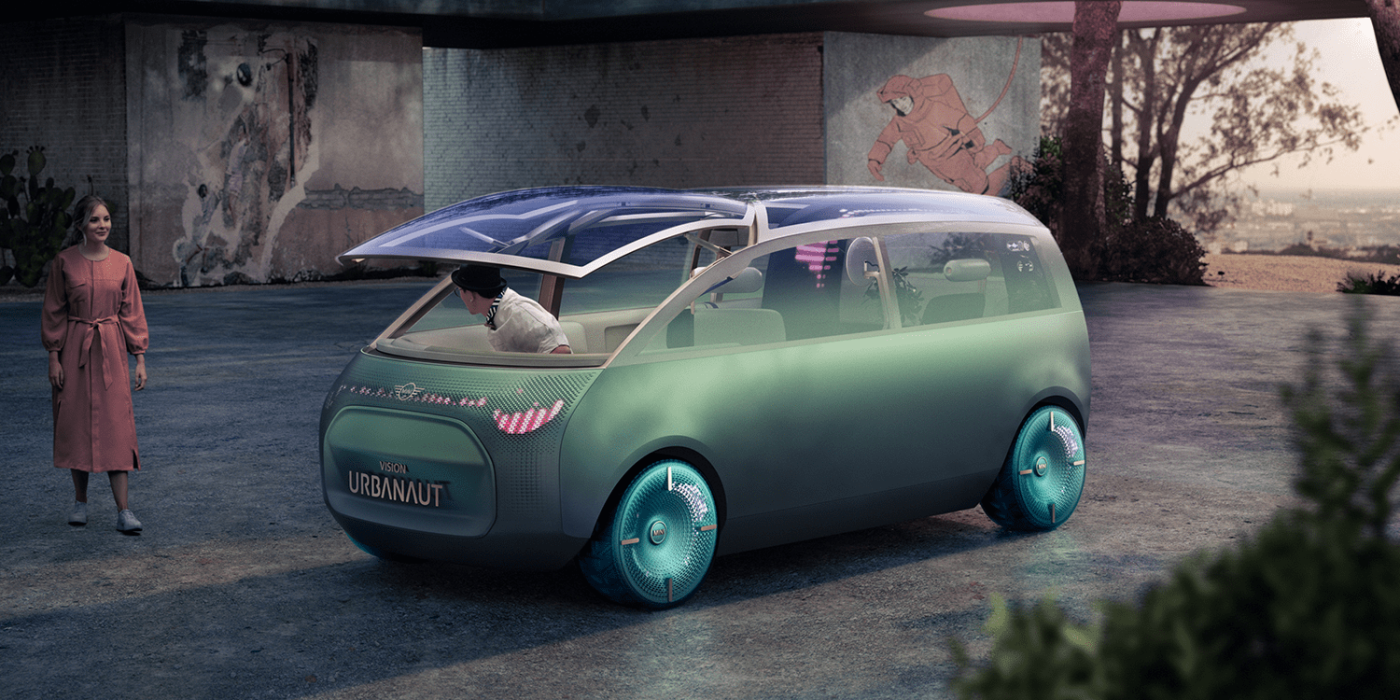
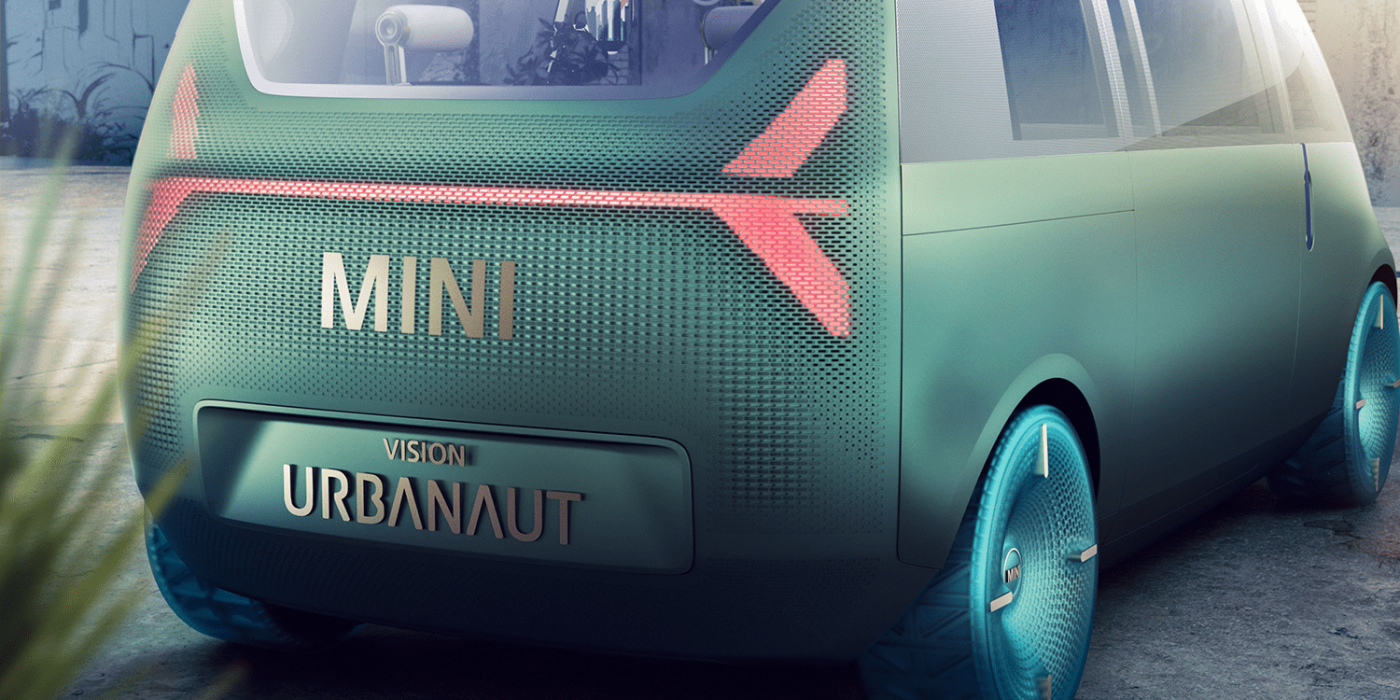
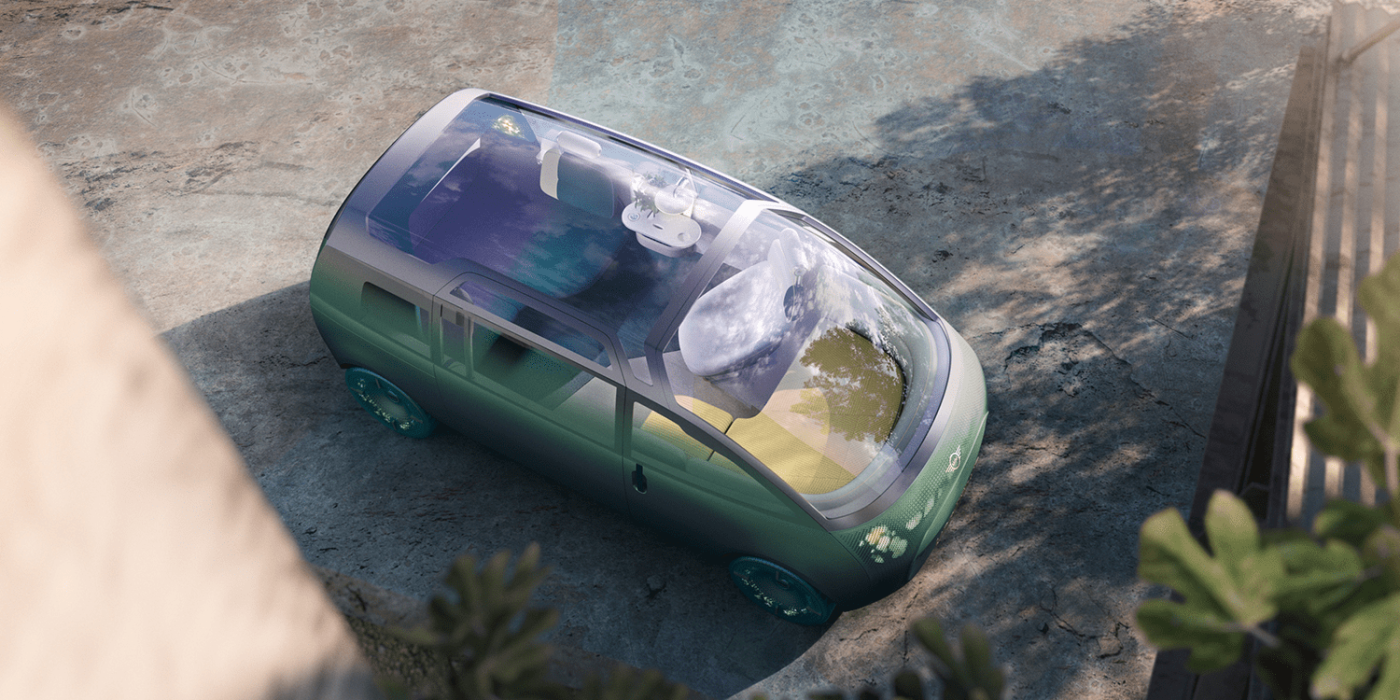
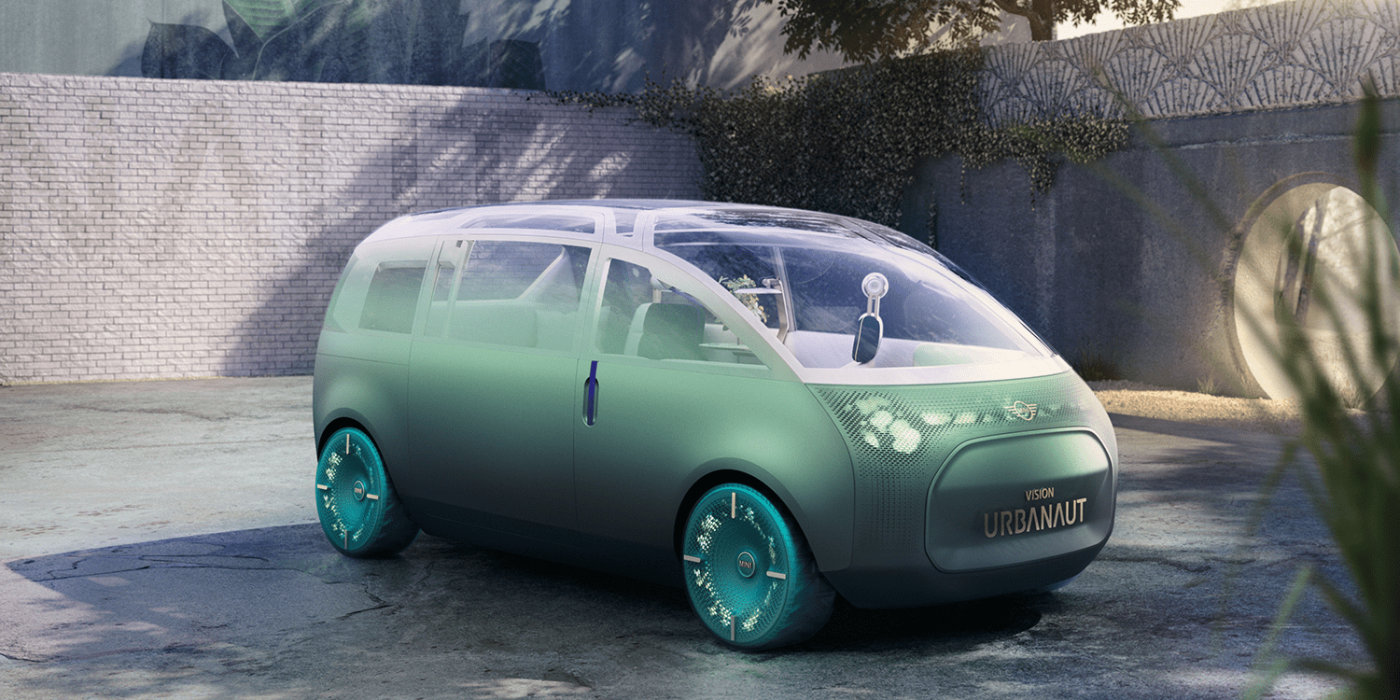
The Vision Urbanaut is intended to create a “spacious interior experience” over a length of 4.46 meters, which is very different from a conventional car. Access is via a large sliding door, which is to be suitable for narrow parking spaces by means of a slide-and-pivot mechanism.
The four-seater layout is designed to be very flexible. When stationary, the steering wheel can be lowered and the driver’s seat turned. The lowered dashboard thus becomes another seat/couch surface, called “daybed” by the designers. The darker rear seat area is intended as a “cosy corner” for relaxation.
While many elements of the interior and probably also of the drive technology are likely to remain unique for the time being, BMW is hinting that other elements could well make the leap into series production. Although the “new mini-face” is intended to show headlights and radiator grille in the brand’s classic design, it has been somewhat rethought. The headlights are located behind a milled aluminium structure and only become visible when they are switched on. These multi-coloured LEDs are supposed to enable a new form of communication between the vehicle and its surroundings. As in the BMW iX, the “radiator grille” is to serve as an “intelligence surface” behind which the sensors are installed.
But the BMW team around chief designer Adrain van Hooydonk is not alone with a van-like design concept. Years ago, Volkswagen revealed the Sedric, Mercedes the Vision Urbanetic. The Vision Urbanetic, like the Rinspeed Snap, even offers different superstructures. Both are characterised by a variable and newly conceived interior on an autonomous electric platform. Suppliers like ZF and Schaeffler have also developed corresponding concept cars. Startups such as Canoo even want to make such cars directly the core of their business model.
Update 30 June 2021: Mini is building the Vision Urbanaut – at least as a one-off. After the vehicle was only presented digitally in November, the carmaker has now announced that both the spatial concept and the sustainable materials can now be experienced with a physical model of the vehicle. It will celebrate its world premiere on 01 July at the DLD Summer in Munich.
bmwgroup.com, bmwgroup.com (update)

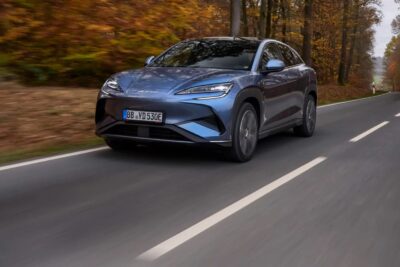
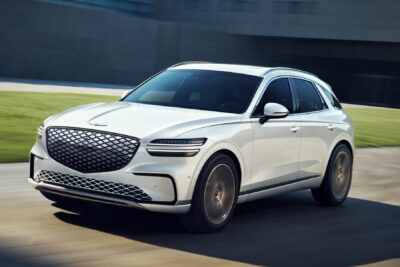
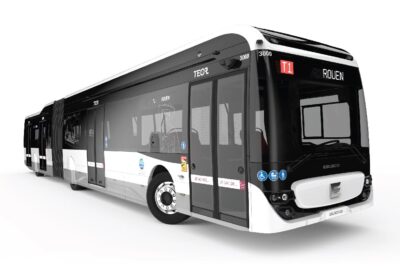
0 Comments